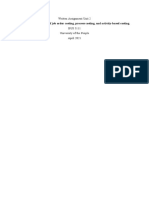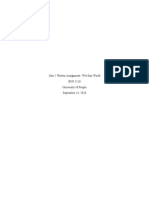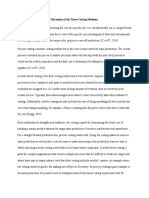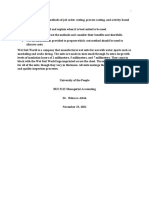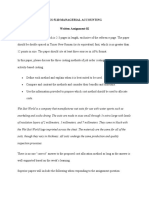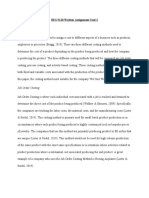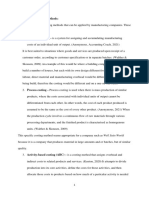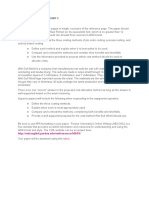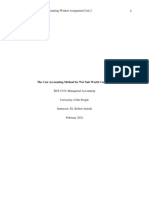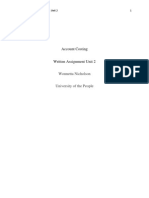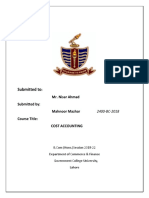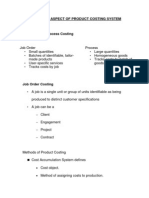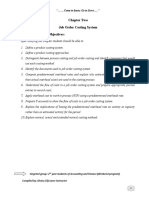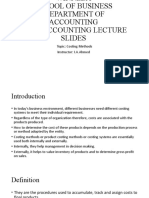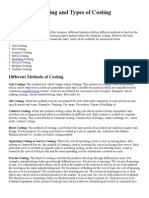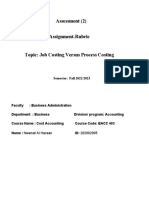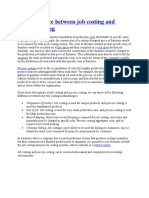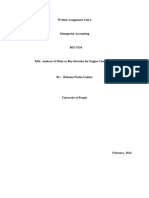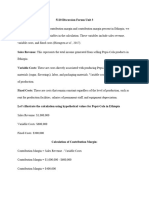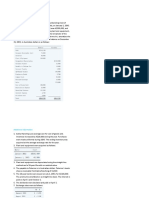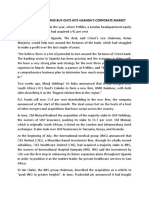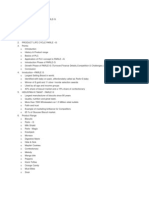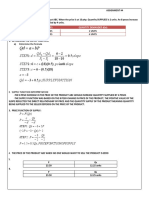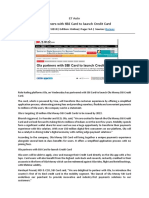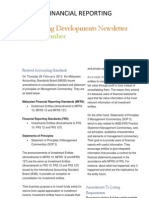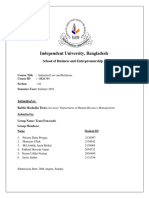0% found this document useful (0 votes)
76 views4 pages5110 Written Assignment Unit 2
The document defines and compares three costing methods: job order costing, process costing, and activity-based costing. It analyzes each method's characteristics and appropriate uses. The document concludes that job order costing is most suitable for Wet Suit World due to its production of customized products in small batches.
Uploaded by
fisehadekamo02Copyright
© © All Rights Reserved
We take content rights seriously. If you suspect this is your content, claim it here.
Available Formats
Download as DOCX, PDF, TXT or read online on Scribd
0% found this document useful (0 votes)
76 views4 pages5110 Written Assignment Unit 2
The document defines and compares three costing methods: job order costing, process costing, and activity-based costing. It analyzes each method's characteristics and appropriate uses. The document concludes that job order costing is most suitable for Wet Suit World due to its production of customized products in small batches.
Uploaded by
fisehadekamo02Copyright
© © All Rights Reserved
We take content rights seriously. If you suspect this is your content, claim it here.
Available Formats
Download as DOCX, PDF, TXT or read online on Scribd
/ 4
